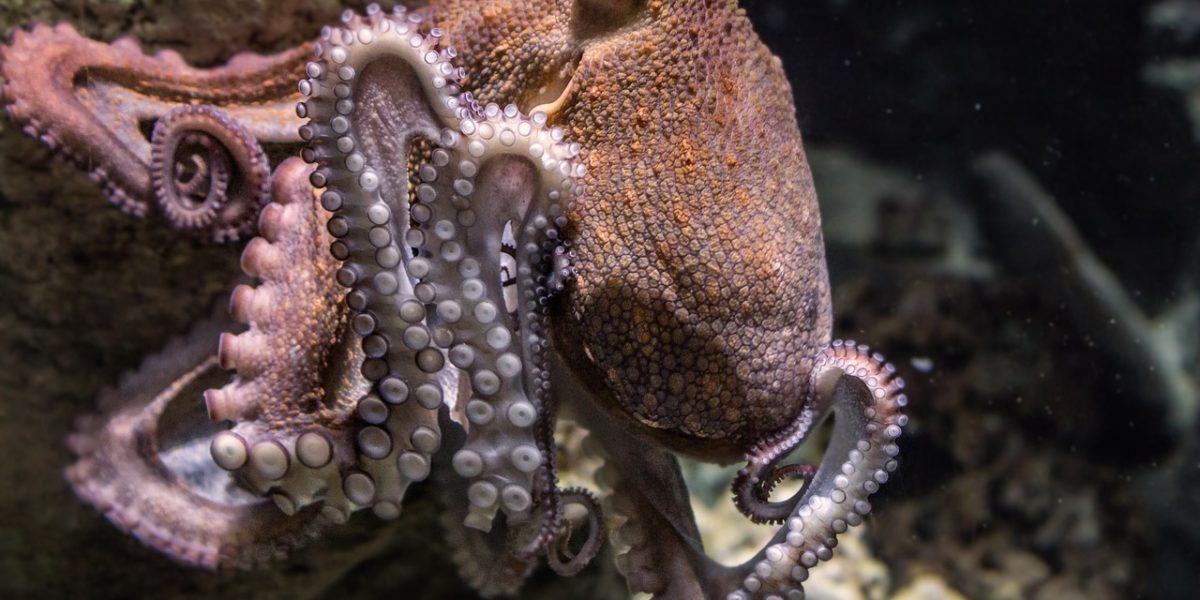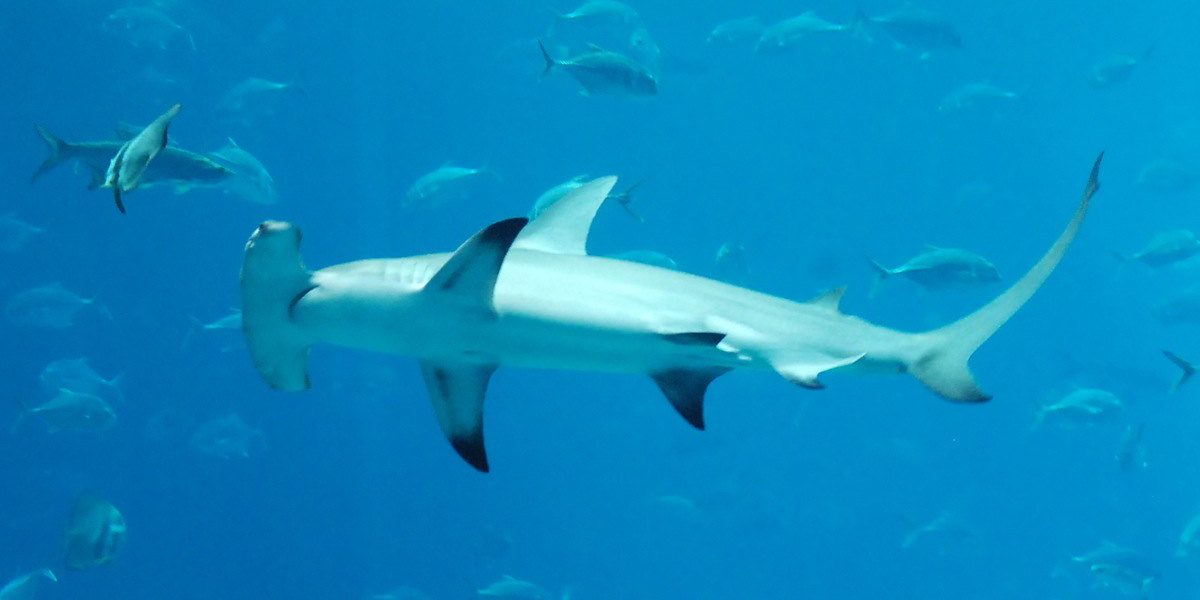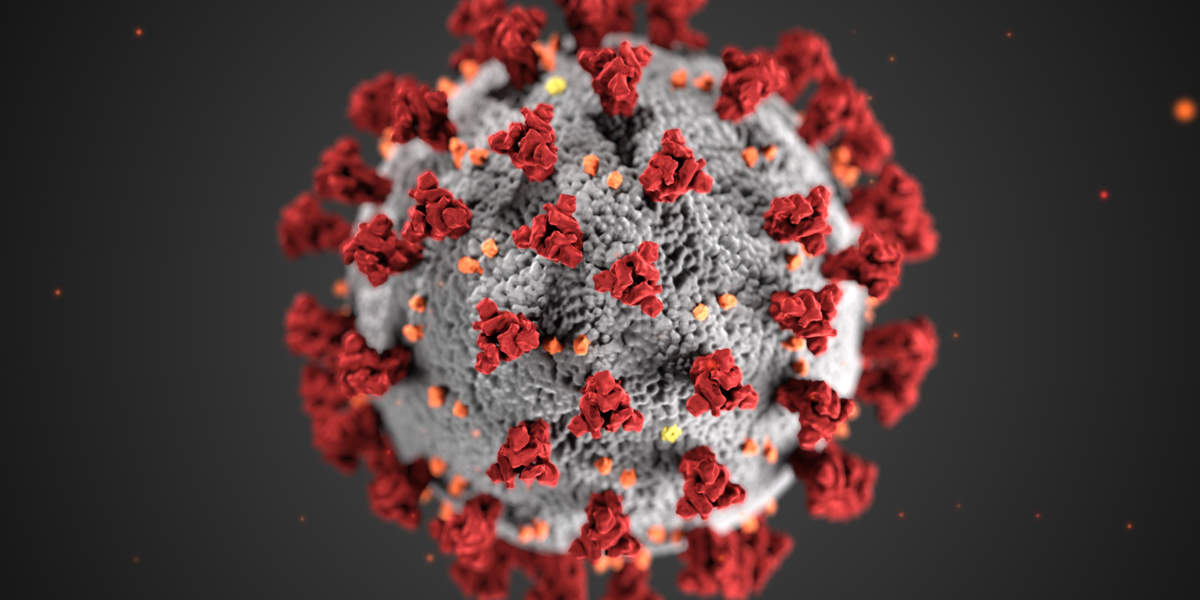Anyone that has ever had the misfortune of banging their head know how painful it can be, but does everyone understand just how dangerous it can be? Concussions occur when the brain hits the interior walls of the skull, either due to a direct blow or a sudden start or stop. These brain injuries most often result in confusion, headaches, and loss of memory but more severe injuries can cause vomiting, blurry vision, and loss of consciousness. In rare instances, they can even cause a brain bleed and result in death. Repeated concussions can lead to neurocognitive and neuropsychiatric changes later in life as well as increase a person’s risk of developing neurodegenerative diseases like Alzheimer’s.
Continue reading “The Dangers of Using Your Head: The Biomechanics of Sports-Related Concussions”Category: text
Nine Brains Are Better Than One: An Octopus’ Nervous System
Picture this: Earth has made its first contact with an extraterrestrial species, and, as to be expected, their anatomy and nervous system are entirely different from our own. Rather than having a single brain where all sensory information and motor controls are processed, they have nine brains. Rather than having a rigid skeleton, they have compact arrays of muscle tissue that stiffen and soften when they move, and their many limbs have an infinite number of degrees of freedom. Oh, and they can only breath underwater, too.
Continue reading “Nine Brains Are Better Than One: An Octopus’ Nervous System”Attention Deficit Handwriting Details: The Effects of ADHD on Handwriting
Imagine you’re in college and struggling to focus during a boring lecture with a monotone professor. Now imagine that same struggle, but every little thing around you is a distraction making it difficult to focus on everyday tasks, not just the boring ones. Individuals with Attention Deficit Hyperactive Disorder (ADHD) battle this inability to focus constantly. Yet for individuals with ADHD, about 1 in 20 children (basically a lot of children), the struggle does not stop there: these individuals who struggle to focus often exhibit fine motor coordination impairments as well.
Continue reading “Attention Deficit Handwriting Details: The Effects of ADHD on Handwriting”Whirlybirds, helicopters, and Maple seeds
As Maple trees shed their fruits, it is hard not to be captivated by the view and stare in admiration. The free fall of maple seeds is simply graceful. Commonly referred to as helicopters, samaras are the fruit of Maple trees. Inside of each fruit one can find seeds that are used by the parent plant to produce new ones. The nickname helicopter refers to the similarity that exists between its motion as it falls to the ground and that of a helicopter. Indeed, a remarkable aspect of the samaras is the behavior they display as they fall. As the fruit of the Maple seed descends to the ground, it performs a rotating motion that mimics the rotor blade of helicopters in unpowered descent, a behavior that has intrigued scientists and has been the subject of many studies. The auto-gyration motion and flight mechanics of the samaras have been observed in order to explain why and how the fruit rotates on itself as it leaves the tree.
Continue reading “Whirlybirds, helicopters, and Maple seeds”Packing a punch: Does strength indicate boxing performance?
Every sport has a different “ideal” body type, which is largely dictated by the muscle groups it focuses on training. Swimmers prioritize developing the muscles in their shoulders and backs, which allows them to propel themselves through the water with their arms. On the other hand, runners prioritize the hamstrings and quads in their legs, which allows them to generate greater force when pushing off of the ground. So, what is the ideal body type for boxing? Strength is clearly important when punching an opponent, but is it even the most important factor in boxing performance? Should either upper- or lower-body strength be prioritized over the other?
Continue reading “Packing a punch: Does strength indicate boxing performance?”Living Off Balance

Imagine yourself walking at a normal pace down the sidewalk. Maybe you are on your way to class. The sidewalk has a little bit of a tilt causing your left foot to be higher than the right as it plants on the ground. Imagine how your body may compensate after a few minutes of walking on this path. We have all walked on uneven ground and began to feel the effects with sore knees or hips. But what if you felt this same way all the time even on perfectly flat terrain? This is the reality for those with leg length discrepancies.
Continue reading “Living Off Balance”Do Hammer-Shaped Heads Help Sharks Swim?
With their sandpaper skin, cartilage skeleton, electroreceptive sensors, and rows of dangerous teeth, sharks fascinate many people. However, even within this distinctive group the hammerhead sharks that make up the Sphyrnidae family have attracted a special attention due to the unusual shapes of their namesake heads, called cephalofoils. Several evolutionary benefits of the cephalofoil have been proposed by researchers. The wide hammer-shaped head may allow the shark to house more sensory receptors in its snout, to bludgeon prey, and to move and maneuver through the water more easily. Here we will address the question posed by the third theory: Does the cephalofoil found on hammerhead sharks provide an advantage in moving and maneuvering underwater?
Continue reading “Do Hammer-Shaped Heads Help Sharks Swim?”Dolphin Magic or Dolphin Muscle?
Because of the film Bee Movie, many people at one point were intrigued by the idea that bumblebees should not physically be able to fly due to their large bodies and tiny wings. But, they fly anyway. Technology is advanced enough to study bee wing movement and determine that they produce enough lift to allow them to fly, disproving the previous notion. Similarly, Gray’s Paradox for a long time inferred that dolphins should not be able to swim nearly as fast as they do. But, they still consistently swim at speeds over twenty miles per hour. It was not until recent history that advancements allowed researchers to determine why they are able to reach such high speeds.
Continue reading “Dolphin Magic or Dolphin Muscle?”Arthritis is NOT Just For The Elderly: Early Signs Of Rheumatoid Arthritis
Rheumatoid arthritis (RA) is a chronic autoimmune disease that, according to the Arthritis Foundation, affects 1.5 million people in the US. Women are 3 times more likely to develop RA and are usually diagnosed between ages 30 and 60, while men are rarely diagnosed before the age of 45.
Continue reading “Arthritis is NOT Just For The Elderly: Early Signs Of Rheumatoid Arthritis”the novel coronavirus: how an invisible invader halted the world
Last year the world changed. With modifications to daily life such as wearing masks and attending class online, a lot of what was common became uncommon. More severely, millions of deaths globally shook the world. All of this change and devastation can be attributed to a coronavirus variant that was shockingly good at two things… 1.) Stability outside of cells 2.) Breaching the lower respiratory tract. A few questions must be understood as to why this virus is so effective in its affinity towards destruction. First, How does COVID-19 penetrate a cell? How does COVID 19 replicate? Finally, why is COVID-19 able to survive outside of a cell so well?
Continue reading “the novel coronavirus: how an invisible invader halted the world”








